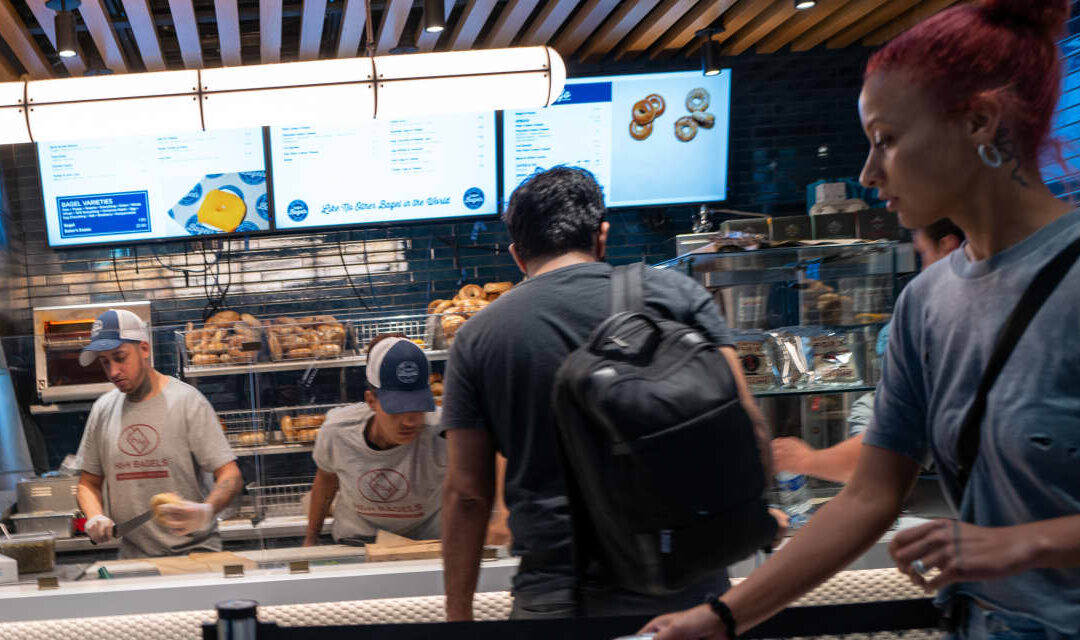The growth of the economy in the fourth quarter was downgraded slightly to a 3.2% annual pace, but the U.S. is still expanding at a rapid clip and shows few signs of slowing down.
The increase in gross domestic product in the fourth quarter followed an even stronger 4.9% gain in the third quarter. Nor does the economy appear to have lost a step early in the new year.
The latest forecasts suggest the U.S. is expanding at a 3%-plus rate in the first quarter. The economy’s top sustainable speed in the long run is generally seen around 1.8%.
What makes the recent strength even more remarkable is that it’s taken place despite sharply higher interest rates orchestrated by the Federal Reserve to tame in high inflation.
Economists polled by The Wall Street Journal had forecast GDP to remain unchanged at 3.3%. The figure is adjusted for inflation.
Big picture: The economy has weathered higher interest rates largely due to strong consumer spending that’s been underpinned by a muscular labor market.
Americans have been able to keep spending because they feel secure in their jobs. Higher spending in turn has negated the need for businesses to lay off lots of workers.
The prospect of the Fed cutting rates later in the year if inflation continues to wane is also acting as a strong tailwind.
Key details: Consumer spending, the main engine of the economy, was revised up to show a 3.0% increase in the fourth quarter instead of 2.8%.
Consumer spending accounts for about 70% of U.S. economic activity.
Overall business investment, the next largest peg of the economy, was weaker than originally reported.
Total spending rose just 09.% vs. the initial 2.1% estimate because of decline in investment in new equipment.
Companies also rebuilt inventories at a slower pace than the initial GDP report showed. These are goods that have been produced but not sold yet.
Slower inventory growth largely accounted for the small reduction in headline GDP.
Inflation using the PCE index rose rose at a mild 1.8% annual rate in the fourth quarter, up a tick from the prior estimate.
The more closely followed core rate was also raised a notch to 2.1% — leaving it near the Fed’s 2% inflation goal.
The central bank aims to get the rate of inflation down to 2% for the full year.
Most other figures in the report were little changed.
Market reaction: The Dow Jones industrial average
DJIA
and S&P 500
SPX
were set to open lower in Wednesday trades.









